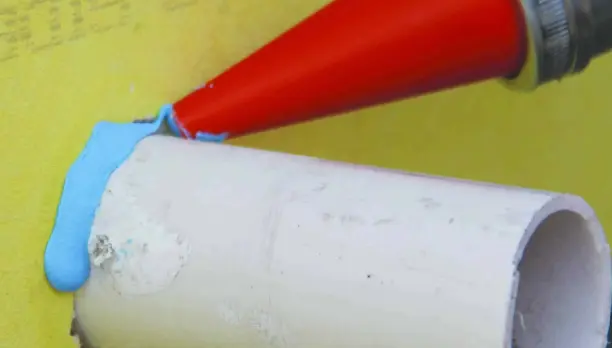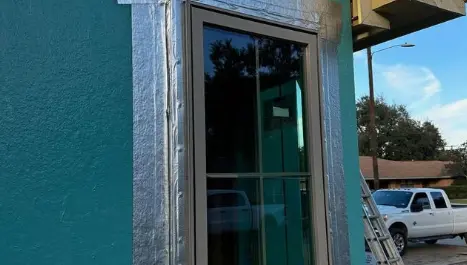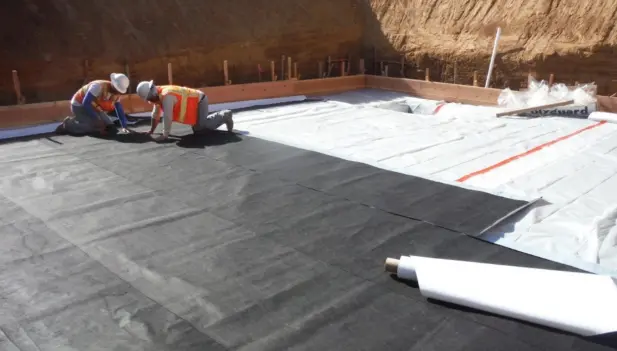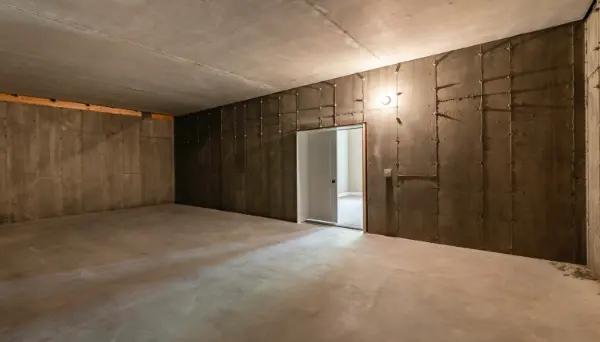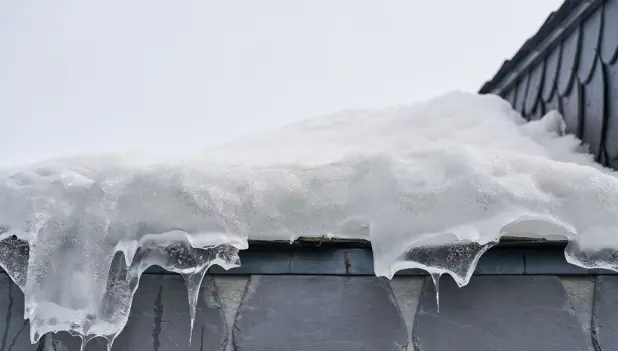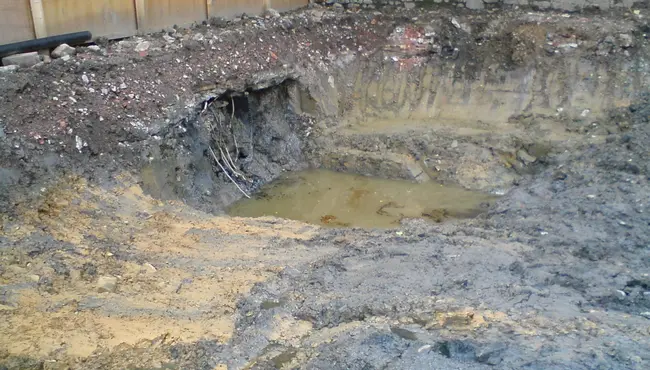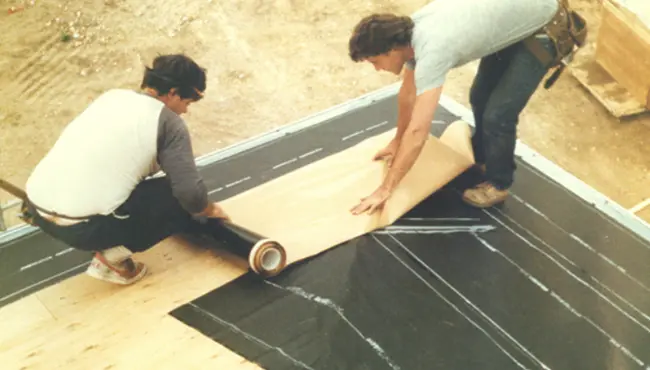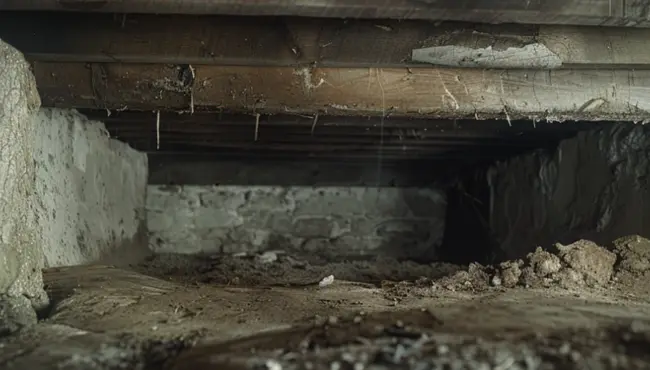Water finds its way into metal buildings faster than many people expect. If a window isn’t flashed correctly, leaks around the frame can lead to corrosion, ruined insulation, and structural damage that’s hard to see until it’s too late. Metal building window flashing isn’t just about following a checklist — it’s a system that keeps water out and protects the building for the long haul.
Why Metal Building Window Flashing Matters
Improper flashing is one of the leading causes of water intrusion around windows in metal structures. Without a complete flashing system, moisture finds its way in, leading to mold growth, structural decay, and thermal inefficiencies that drive up energy costs. Metal building window flashing plays a key role in preventing water from reaching framing, insulation, and interior finishes.
Correctly installed flashing keeps windows performing well under all conditions, from heavy rains to high winds. Additionally, to maintain thermal efficiency, window installations should include thermal breaks and compatible insulation to reduce heat and cold transfer. This step prevents condensation and energy loss around openings, supporting long-term building performance.
Understanding Preparation and WRB Compatibility
Before installing flashing, it’s important to get the window opening ready. Metal buildings need special attention here because, unlike wood-framed walls, metal surfaces are smooth and don’t hold adhesives as well. That’s where a weather-resistant barrier (WRB) comes in. It helps block moisture and also gives flashing tapes something to stick to.
When working with multi-layer wall systems, the window flashing should also connect properly with any air or vapor barriers already in place. These layers need to work together to help keep moisture out and protect everything inside the building envelope.
How to Flash a Window in a Metal Building
Flashing a window in a metal building follows a specific sequence designed to keep water moving out—not trapped inside. It starts with the sill flashing, which plays a key role in letting any water that gets behind the upper layers drain safely. This step usually involves applying self-adhering flashing tape or a pre-formed sill pan that fits snugly along the bottom of the opening and wraps slightly up the sides. This creates a waterproof base that guides water away from the wall.
Keep in mind, flashing methods can vary depending on the type of metal wall panels used. Systems with deep corrugations, like R-panels or standing seam panels, need extra attention to make sure water flows properly around the window and doesn’t collect in the wrong spots.
Sealing the Sides: Jamb Flashing
Next comes jamb flashing — flashing tape applied along both vertical sides of the window opening. It’s important that the jamb flashing overlaps the sill flashing to ensure that water moving downward continues safely outward without hitting unprotected surfaces. This step often gets rushed. But precision here eliminates gaps and ensures a smooth, continuous barrier.
Why Head Flashing Cannot Be Skipped
Once the window is installed and secured, head flashing or drip cap is applied above the window. In metal buildings, head flashing is critical. It directs water away from the top of the window, especially where metal siding might shed large amounts of water during storms.
A piece of metal head flashing should extend beyond the window opening on both sides. This ensures water is pushed away from the window and walls. Flashing tape goes over the top edge of the head flashing to lock it in place. Fasteners used to secure flashing or window components must always be sealed properly with compatible sealants. Otherwise, they become points of failure and weaken the overall metal building window flashing system.
Avoiding Common Metal Building Flashing Mistakes
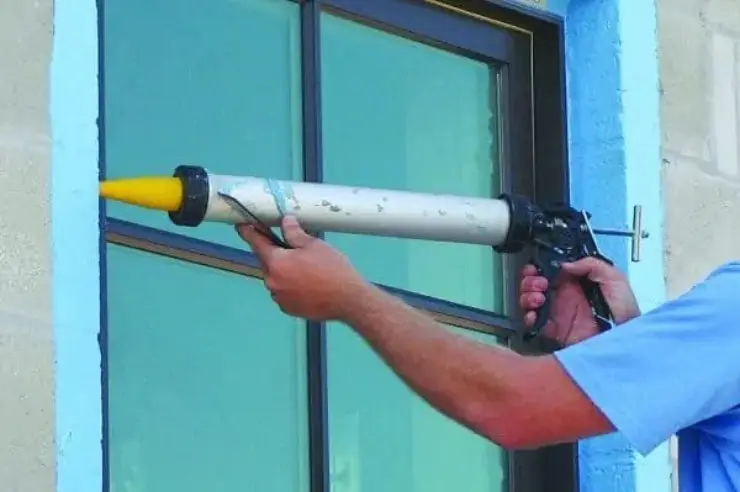
Many window leaks in metal buildings can be traced back to errors in the flashing process. One of the most frequent mistakes is improperly sequencing flashing layers — failing to install sill flashing first, or not overlapping jamb and head flashing correctly. Another common issue is using the wrong flashing materials that don’t adhere well to metal, leading to gaps and eventual leaks.
Finally, neglecting to seal fastener penetrations properly can introduce weak points where water may enter, especially in high-wind or heavy rain conditions. Even small gaps can lead to significant long-term damage, which is why metal building window flashing must be approached as a complete and integrated system, not just as a series of isolated steps.
Why Weather Resistant Barriers (WRB) and Flashing Material Choice Matters
Builders sometimes overlook this important step. Flashing materials must match WRBs and the specific surfaces of the metal structure. For example, Polyguard's BF-20 offers a high-strength, UV-resistant aluminum facer combined with a rubberized asphalt adhesive. It adheres securely to metal while handling the structural movement that occurs in large metal buildings. When paired with WRBs, it forms a robust waterproofing layer that stands up to exposure and harsh conditions.
In more complex installations — such as curved windows, irregular openings, or areas requiring extra flexibility — Polyguard's ElastiFlash® 70 Mil is an ideal solution. This thicker, highly stretchable membrane seals corners and irregular shapes without tearing, making it perfect for details that are difficult to address with rigid products. For metal buildings in extreme climates, such as those experiencing freeze-thaw cycles or high wind loads, ElastiFlash® 70 Mil offers added resilience and long-term performance.
Extreme Weather and Real-World Applications
Not every metal building faces the same demands. Industrial buildings exposed to wind-driven rain need extra protection. Combining rigid head flashing and flexible membranes like ElastiFlash® 70 Mil prevents wind-blown water from finding its way behind the siding.
Agricultural structures and warehouses have other risks. Large openings and fasteners increase vulnerability. Here, BF-20’s puncture resistance prevents water intrusion where metal sheets meet. For residential barndominiums, where appearance matters, seamless flashing with WRBs avoids costly interior damage and improves energy efficiency. Effective metal building window flashing in these cases ensures that every part of the window system performs under site-specific conditions. All flashing systems should comply with recognized standards such as ASTM E2112 and IBC requirements to ensure performance and code compliance.
Sealants and Final Protection
While flashing does the heavy lifting of waterproofing, sealants play a key supporting role in finishing window installations. Not all sealants perform equally on metal. Polyurethane-based sealants offer strong adhesion and elasticity but may not handle UV exposure as well over time. Silicone sealants, on the other hand, offer excellent UV stability and long-term flexibility, making them a preferred choice for exterior metal surfaces. Hybrid sealants can provide a balance of adhesion, flexibility, and UV resistance, giving installers versatile options for various building conditions.
Choosing the right sealant for the job — and applying it properly around window perimeters — ensures that even if flashing encounters stress or minor gaps, water won’t find its way in.
Protect Your Metal Building Windows with Polyguard
Choosing the right flashing system makes all the difference in keeping a metal building protected from moisture, air leaks, and structural damage. Polyguard offers advanced flashing solutions, including BF-20, and ElastiFlash® 70 Mil, designed to perform in the toughest environments and ensure lasting results. Contact us today for more information.





